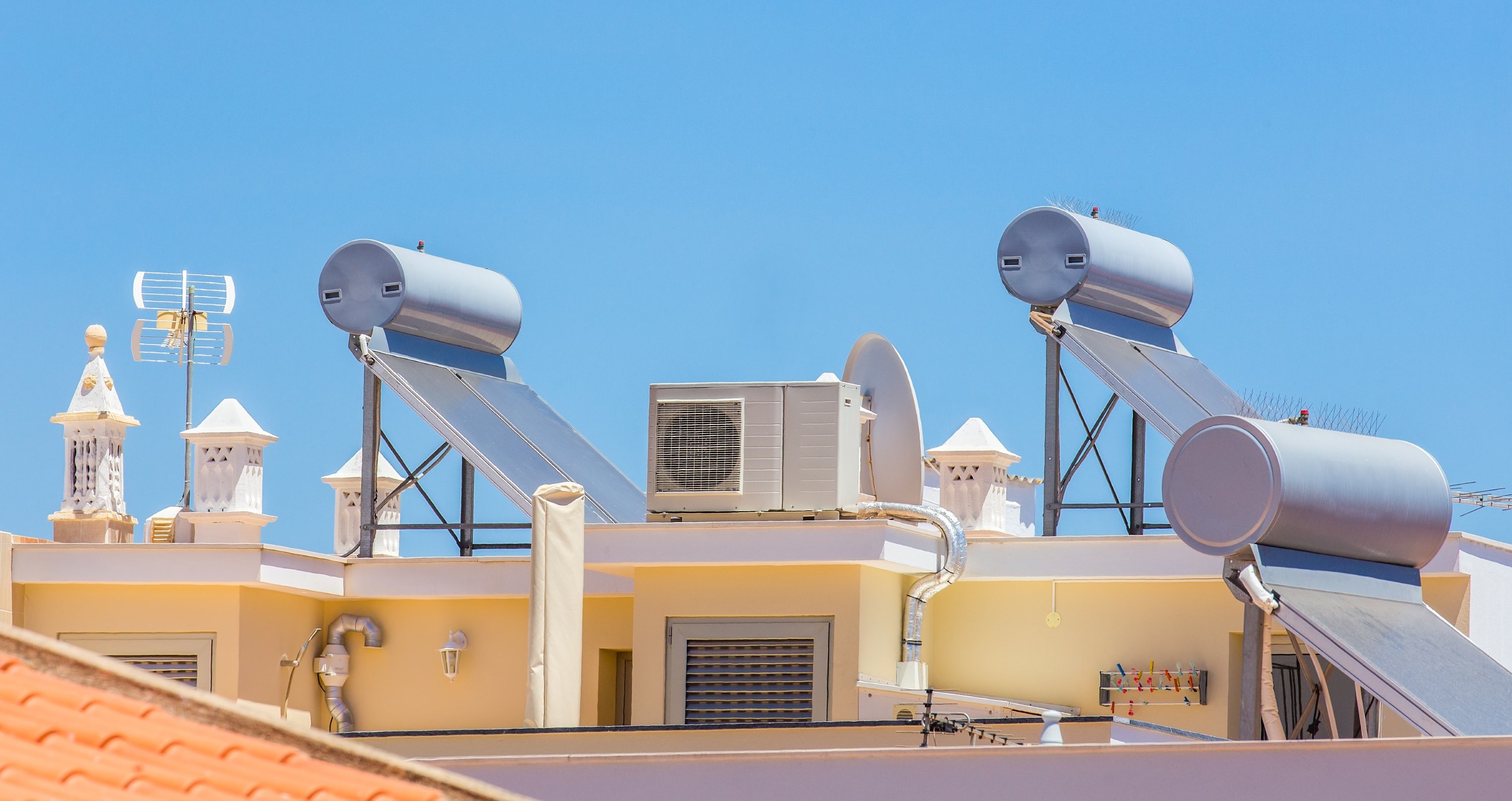
All about aerothermal energy and its benefits
Solutions for heating and cooling our homes.
Underfloor heating
Innovation at your feet
In recent years underfloor heating has positioned itself as one of the most recommended types of heating among those seeking a system that distributes heat evenly, that complements renewable energy sources, and that contributes to the reduction of emissions. We explain what this type of heating consists of, how it works, and some of its advantages.


What is underfloor heating?
A radiant floor heating installation consists of a circuit of polyethylene pipes placed under the floor of the house, through which water circulates at a temperature of about 35 or 40ºC, if we want to heat the house; and at about 15º or 16ºC if we want to cool it. These thin pipes, which are installed uniformly under the floor, distribute heat evenly, which makes radiant heating one of the most efficient heating systems.
There is another type of this system, the electric radiant floor, in which the pipes are replaced by resistors, which transform electrical energy into heat.
Underfloor heating is one of the most modern and in-demand types of heating today, although, interestingly, it originated according to Vitruvius in the 1st century BC, when the Roman engineer Gaius Sergius Orata devised a heating system, the "hypocaust", in which hot air circulated through pipes under the floor, and which is also the predecessor of central heating as we know it today.

How does underfloor heating work?
To prevent heat loss, a layer of thermal insulation is installed under the pipes of the hydronic radiant floor or the heating elements of the electric radiant floor; and above them, under the flooring, a layer of mortar that retains the heat and releases it slowly, thanks to the ability of this material to store the heat energy and release it at low speed (high thermal inertia). For this reason, underfloor heating takes longer to start heating than other heating systems, but the heat is also retained longer once it is turned off.
In addition to being highly efficient, underfloor heating is perfectly complemented by photovoltaic panels, which together provide a low carbon footprint heating and cooling option. In the case of electric underfloor heating, the electrical energy obtained from the panels is used to power the heating elements; whereas in the case of hydronic underfloor heating, the domestic hot water generated by the photovoltaic panels is used in the piping circuit.
A growing trend in the field of heating and cooling is the use of a combination of underfloor heating and aerothermal energy. Aerothermal energy is also considered a highly efficient heating and cooling system, and its use in combination with underfloor heating allows for better distribution of hot or cold air and more moderate temperatures, which translates into lower energy consumption.
Our energy plans
Discover Repsol's energy plans for your home and choose the one that best suits you.
Advantages of underfloor heating
Due to its characteristics, underfloor heating is one of the most valued heating and cooling options nowadays, with several advantages compared to other systems:
The homogeneous way of distributing heat throughout the house that underfloor heating allows translates into greater comfort for its residents. The use of underfloor heating and aerothermal energy also enhances this temperature uniformity. Moreover, as the heat source is under the floor, the heat is not wasted in the upper part of the room.
Hydronic underfloor heating can also be used in the summer as a cooling system.
The underfloor heating system is the most discreet of all existing systems on the market, since it frees us from radiators or air conditioning units: it is totally invisible.
As it works at moderate temperatures, whether it is used as a heating or cooling system, underfloor heating reduces energy consumption and saves on electricity bills. Although it is true that the cost of installing underfloor heating is higher than that of other heating systems, such as radiators or aerothermal systems, its lower consumption means savings in the medium term, once the investment has been paid off. The same is true of photovoltaic panels, which in combination with underfloor heating allow for even greater savings.
The other advantage of the lower consumption of underfloor heating is that it has a lower carbon footprint. Compared to the temperatures of up to 90ºC required, for example, by radiator heating systems, underfloor heating works with water at a more moderate temperature (35º or 40ºC), which reduces emissions.
In addition, the possibility of connecting underfloor heating to photovoltaic panels makes it a cost-effective alternative that reduces CO2 emissions and protects the environment. At Repsol, we are committed to projects that encourage the use of solar energy, such as solar communities or our initiatives to promote photovoltaic energy.